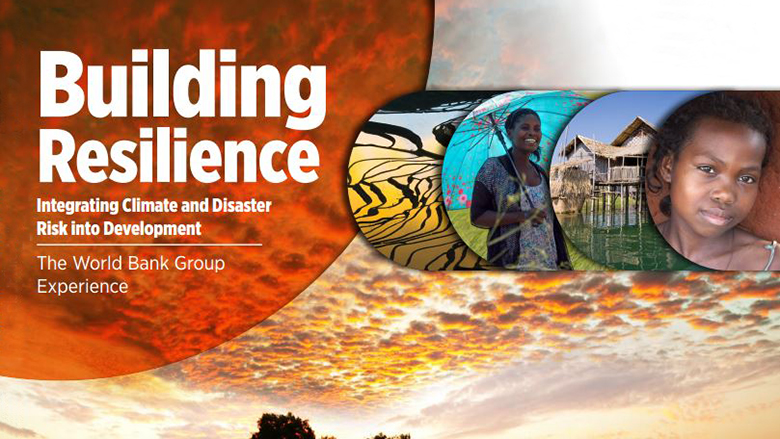Concurrently addressing disaster risk and the effects of climate change delivers both immediate and longer term development gains, while also reducing fragmentation of the limited human and financial capacity found in many developing countries. Over the last few years, the World Bank Group has been systematically integrating climate and disaster resilience into its support to low and middle income countries. Early lessons indicate the need to pursue the disaster risk management pillars of risk identification, risk reduction, preparedness, financial and social protection, and resilient reconstruction. Institutional arrangements that bring together multiple sectors and stakeholders with support at the highest level of government is needed for sustained climate resilient development effort and outcomes. While investing in climate resilience often requires higher start-up costs, it is cost effective in the long-term. Spatial planning that considers short-to-long-term risks reduces the possibilities of stranded assets, with proactive management of at risk investments needed. Flexible and predictable financing as part of long-term development programmes can address climate and disaster risk, meet the needs of countries, and reduce poverty in the most vulnerable communities and countries.
